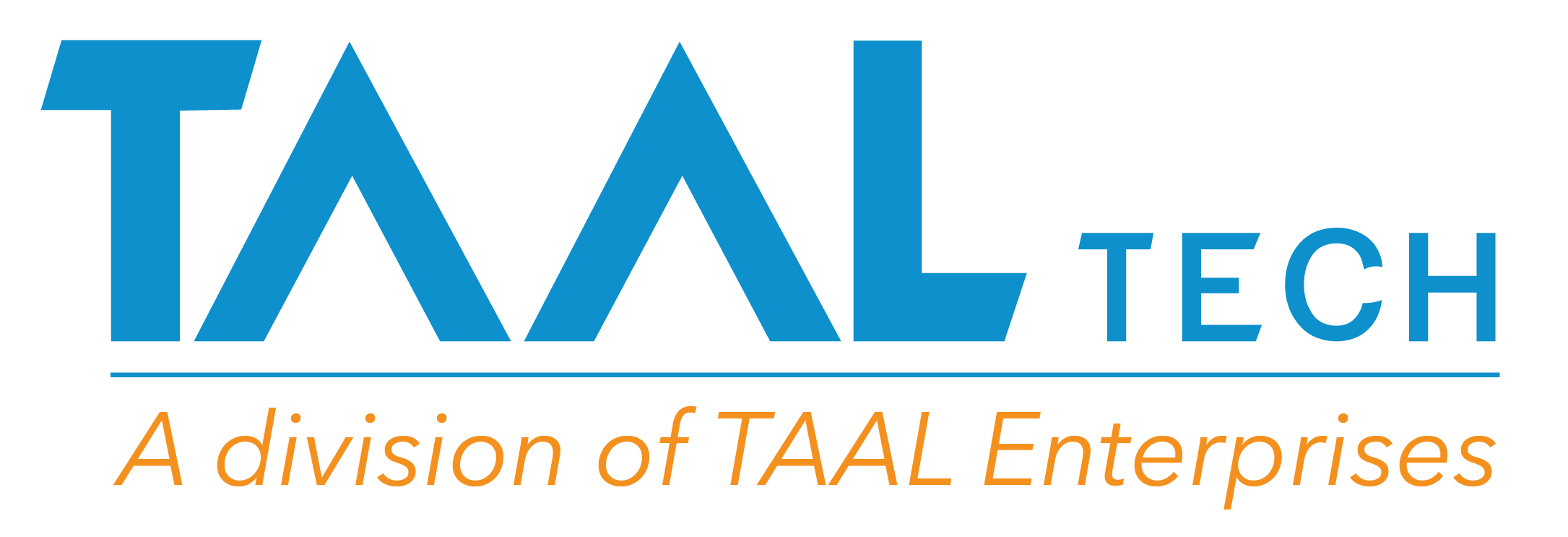
Best Practices for Successful BIM Implementation in Engineering Projects
Building Information Modeling (BIM) has revolutionized the construction and engineering industries by offering a detailed, data-rich digital representation of physical structures. Implementing BIM effectively, however, requires a strategic approach.
This comprehensive blog will outline best practices to ensure successful BIM implementation in engineering projects, focusing on planning, execution, and ongoing management.
- Develop a Robust BIM Execution Plan (BEP)
A BIM Execution Plan (BEP) serves as the cornerstone for any successful BIM project. This document outlines the project’s scope, goals, and detailed workflows, ensuring all stakeholders are on the same page.
Key Components of a BEP:
- Project Objectives: Clearly define what the project aims to achieve with BIM, whether it’s clash detection, cost estimation, or facility management.
- Roles and Responsibilities: Assign specific responsibilities to each team member, including BIM managers, coordinators, and modelers.
- Data Management: Establish protocols for data creation, storage, and sharing. Include details on file naming conventions, version control, and data security measures.
- Software and Tools: List the primary BIM software and any supplementary tools needed for collaboration and analysis.
- Ensure Top-Down Commitment and Team Buy-In
For BIM implementation to be effective, commitment must come from the top levels of management and trickle down to every team member involved.
Strategies to Achieve Buy-In:
- Management Support: Ensure that decision-makers understand the value of BIM and allocate the necessary resources, such as funding and training.
- Engagement Workshops: Conduct workshops and seminars to showcase the benefits of BIM to all team members and address any concerns they might have.
- Feedback Mechanisms: Create channels for team members to provide feedback and share their experiences with BIM processes, fostering continuous improvement.
- Invest in Comprehensive Training
BIM technology can be complex, and team members need the right skills to maximize its potential. Comprehensive training ensures that the workforce is well-versed in both software use and the strategic implementation of BIM processes.
Best Practices for Training:
- Tailored Training Programs: Customize training sessions based on the skill levels and roles of different team members. For instance, BIM coordinators may require advanced training compared to general project staff.
- Continuous Learning: BIM technology evolves, so it’s essential to have a continuous learning program in place. Consider providing access to online courses, certifications, and workshops.
- Hands-On Practice: Encourage team members to apply their learning in real-world scenarios or pilot projects to build confidence and experience.
- Select the Right BIM Software and Tools
Choosing the appropriate BIM software is a crucial step that affects the entire project workflow. The software should be compatible with the project requirements, integrate seamlessly with other tools, and align with the team’s technical expertise.
Considerations for Software Selection:
- Compatibility and Integration: Ensure the software can integrate with other essential tools, such as project management software and simulation tools.
- Scalability: Choose a platform that can grow with the project and support future needs, including large-scale projects or multi-disciplinary collaborations.
- User-Friendliness: The software should have an intuitive interface to reduce the learning curve and improve productivity.
- Standardize Workflows and Protocols
Standardizing processes ensures consistency across the entire project lifecycle. This helps in maintaining quality, reducing errors, and improving collaboration.
Important Protocols to Implement:
- Modeling Standards: Establish clear guidelines for 3D modeling, including level of detail (LOD) specifications and the use of templates.
- Data Exchange Formats: Use common file formats (e.g., IFC) to ensure data interoperability between different software platforms and stakeholders.
- Quality Checks: Implement routine checks to verify the accuracy and completeness of the BIM model at various project stages.
- Prioritize Collaboration and Communication
Collaboration is at the heart of successful BIM implementation. The platform should be used not just as a modeling tool but as a central hub for communication and data sharing.
Enhancing Collaboration:
- Cloud-Based Platforms: Utilize cloud-based BIM platforms to enable real-time collaboration, ensuring that all stakeholders can access the latest project data from anywhere.
- Defined Communication Protocols: Outline clear communication protocols, such as meeting schedules, reporting methods, and decision-making processes.
- Role-Specific Access: Set up role-specific access controls so that each team member can access the data relevant to their tasks while ensuring data security.
- Focus on Data Management and Security
Data integrity and security are crucial in BIM, as the model serves as a single source of truth for the entire project. Proper management of this data is necessary to avoid costly errors and protect sensitive information.
Best Practices for Data Management:
- Centralized Data Repository: Maintain a centralized location for all project-related data, ensuring easy access and version control.
- Backup and Recovery: Implement regular data backups and recovery plans to prevent data loss in case of technical failures.
- Data Security Measures: Use secure login methods, encryption, and user authentication to protect data from unauthorized access.
- Integrate BIM with Other Technologies
To enhance the capabilities of BIM, it’s beneficial to integrate it with complementary technologies. This approach can lead to more insightful data analysis and improved project outcomes.
Notable Integrations:
- Geographic Information Systems (GIS): Combine BIM with GIS for better site analysis, planning, and management.
- Internet of Things (IoT): Use IoT sensors for real-time data collection, enhancing the accuracy of facility management and predictive maintenance.
- Augmented and Virtual Reality (AR/VR): Implement AR/VR for design visualization and client presentations, providing an immersive experience that aids in decision-making.
- Utilize BIM for Lifecycle Management
BIM’s capabilities extend beyond design and construction. Using BIM for facility management can provide long-term value by simplifying maintenance and operations.
Lifecycle Benefits:
- As-Built Models: Ensure the final BIM model accurately reflects the completed project for use in facility management.
- Predictive Maintenance: Leverage the data within BIM to schedule and manage maintenance tasks proactively.
- Asset Tracking: Use BIM models to track assets within the facility, aiding in inventory management and replacement scheduling.
- Monitor and Evaluate Project Performance
Continuous monitoring and evaluation are essential to ensure that the BIM implementation is meeting its intended goals. Regular assessment helps identify areas for improvement and aligns project execution with initial objectives.
Performance Tracking:
- KPIs for BIM: Establish key performance indicators (KPIs) related to BIM adoption, such as model accuracy, collaboration efficiency, and data quality.
- Feedback Loops: Collect feedback from all stakeholders to identify pain points and opportunities for refining processes.
- Post-Implementation Reviews: Conduct post-implementation reviews to learn from the completed project and document best practices for future initiatives.
Challenges and Solutions in BIM Implementation
Despite its advantages, BIM implementation can face challenges such as resistance to change, high upfront costs, and complex software integration. Addressing these obstacles proactively is critical for a smooth transition.
Overcoming Challenges:
- Resistance to Change: Combat resistance through comprehensive training and by showcasing successful case studies to illustrate BIM’s benefits.
- Initial Costs: Position BIM as an investment by emphasizing long-term cost savings through reduced rework and enhanced efficiency.
- Complex Integrations: Work with technology consultants or BIM experts to facilitate the integration of BIM with existing systems and ensure a seamless workflow.
The successful implementation of BIM in engineering projects is achievable with careful planning, comprehensive training, and a commitment to continuous improvement. By following these best practices—developing a robust BIM execution plan, standardizing workflows, enhancing collaboration, and leveraging new technologies—engineering firms can unlock the full potential of BIM and stay ahead in the competitive landscape.
Investing in these practices not only optimizes project outcomes but also positions engineering companies as leaders in innovative, sustainable construction.
